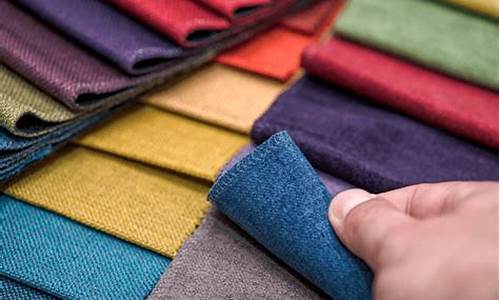
Textile fabrics are an essential part of our daily lives, providing us with warmth, comfort, and style. Understanding the different types of textile fabrics is crucial to choosing the right one for a particular purpose. In this article, we will explore the various types of textile fabrics and their characteristics.
1. Cotton: Cotton is one of the most common types of textile fabrics used in clothing and home décor. It is soft, breathable, and comfortable to wear. Cotton fabric is also easy to care for and can be washed and dried easily. However, it is not durable and may wrinkle easily.
2. Silk: Silk is a luxurious fabric that is known for its softness, shine, and smooth texture. It is lightweight and breathable, making it ideal for warm weather wear. Silk is also hypoallergenic and resistant to wrinkles. However, it is expensive and requires special care to maintain its quality.
3. Wool: Wool is a natural fiber that is widely used in winter clothing due to its warmth and durability. It is also resistant to moisture and stains, making it a practical choice for everyday wear. Wool can be machine-washed and tumble-dried, but it may shrink in hot water or dry in direct sunlight.
4. Polyester: Polyester is a synthetic fiber that is commonly used in clothing and upholstery due to its durability, resistance to wrinkles, and ease of care. It is also flame-retardant and water-resistant, making it suitable for outdoor wear. However, polyester is not breathable and can cause skin irritation in some people.
5. Linen: Linen is a natural fiber that has been used for thousands of years as a fabric for clothing and bedding. It is lightweight, breathable, and cool to the touch, making it ideal for summer wear. Linen requires special care to maintain its quality, such as washing in cold water and drying on a low heat setting.
In conclusion, understanding the different types of textile fabrics is important when choosing the right fabric for a particular purpose. Each type of fabric has its own unique characteristics, advantages, and disadvantages. By considering these factors, you can select the best fabric for your needs and ensure that you get the most out of your investment.
标签: #专业术语










评论列表